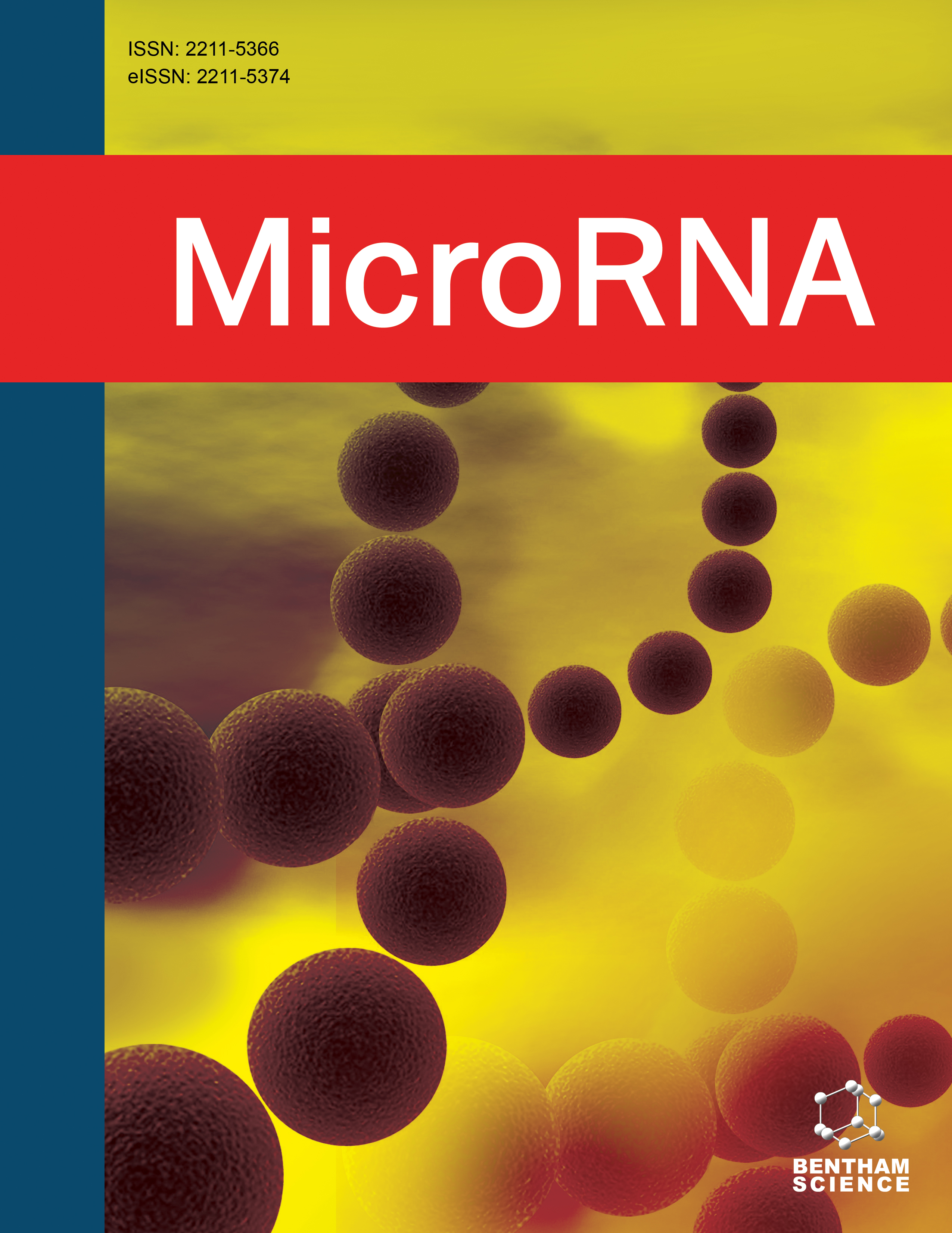
Full text loading...
We use cookies to track usage and preferences.I Understand

The revolutionary CRISPR/Cas9 gene editing technology holds immense potential for treating genetic diseases and tackling conditions like cancer. However, efficient delivery remains a significant challenge. This is where nanoparticles come into play, emerging as powerful allies in the realm of drug delivery. Nanoparticles can accommodate larger insertion sizes, enabling the incorporation of larger Cas9 enzymes and complex guide RNAs, thus opening up the possibility of editing previously inaccessible genetic regions. Their relatively straightforward and scalable production processes make them cost-effective options for wider applications. Notably, nanoparticles excel in vivo, demonstrating efficient tissue penetration and targeted delivery, which are crucial for maximizing therapeutic impact while minimizing side effects.
This review aims to explore the potential of nanoparticle-based delivery systems for CRISPR/Cas9, highlighting their advantages and challenges in gene editing applications. The diverse range of nanoparticles further bolsters their potential. Polymeric nanoparticles, for instance, offer tunable properties for customization and controlled release of the CRISPR cargo. Lipid-based nanoparticles facilitate efficient cellular uptake and endosomal escape, ensuring the CRISPR components reach the target DNA. Even gold nanoparticles, known for their unique biocompatibility and photothermal properties, hold promise in light-activated editing strategies. Non-viral delivery systems, particularly those based on nanoparticles, stand out due to their inherent advantages.
Collectively, the evidence paints a promising picture: nanoparticles are not merely passive carriers but active participants in the CRISPR/Cas9 delivery landscape. Their versatility, efficiency, and safety position them as key enablers of a future where gene editing can revolutionize drug development, offering personalized and targeted therapies for a wide range of diseases.

Article metrics loading...

Full text loading...
References


Data & Media loading...